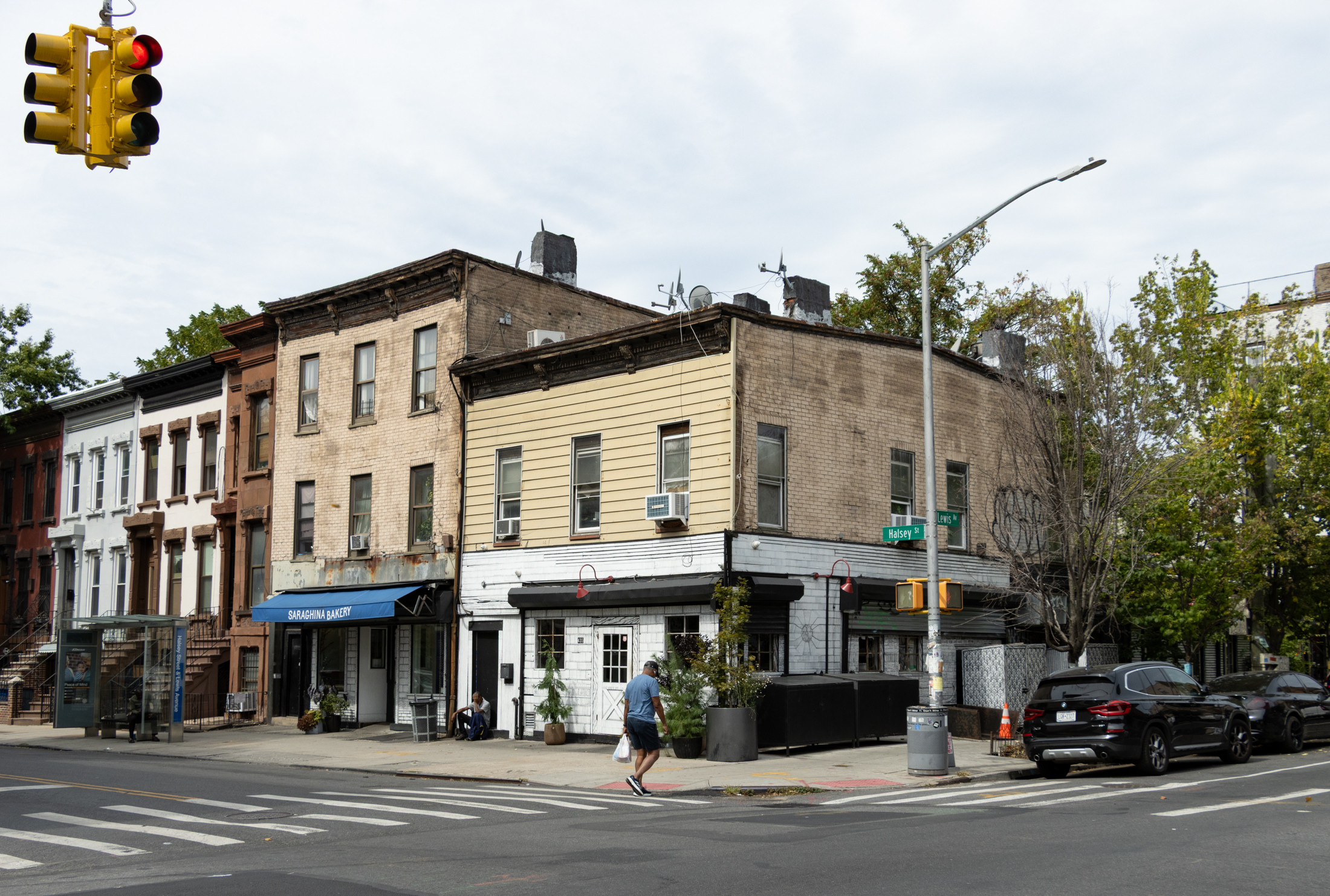Building of the Day: 420 12th Street
Brooklyn, one building at a time. Name: Former Ansonia Clock Company factory, now apartments Address: 420 12th Street Cross Streets: Complex on 7th and 8th Ave, 12th and 13th Streets Neighborhood: Park Slope Year Built: 1880-1881 Architectural Style: German Romanesque Revival (Rundbogenstil) Architect: Samuel Curtiss, Jr. Other Works by Architect: factory/warehouse buildings in SoHo, Manhattan,…

Brooklyn, one building at a time.
Name: Former Ansonia Clock Company factory, now apartments
Address: 420 12th Street
Cross Streets: Complex on 7th and 8th Ave, 12th and 13th Streets
Neighborhood: Park Slope
Year Built: 1880-1881
Architectural Style: German Romanesque Revival (Rundbogenstil)
Architect: Samuel Curtiss, Jr.
Other Works by Architect: factory/warehouse buildings in SoHo, Manhattan,
Landmarked: Yes, part of Park Slope Extension HD (2012)
The story: Between the years of 1850 and 1929, the Ansonia Clock Company was one of the largest clock companies in the United States. Started in Connecticut in 1850, by Anson Phelps and two clock makers, Theodore Terry and Franklin C. Andrews, the company was a subsidiary of the Phelps-Dodge metal company, part of the Ansonia Brass Company. It was a perfect marriage for all concerned; the clock company allowed Phelps-Dodge a market for their rolled brass, and a finished product, and the access to metals allowed the clock company to grow and expand.
The company moved to Ansonia, Connecticut, where the brass factory was, hence the name. Incidentally, Ansonia itself was renamed from a part of Derby, Ct. in honor of Anson Phelps. In 1854, the Ct. factory burned to the ground, but was rebuilt. In 1879, a second factory was built in Brooklyn, hiring 350 workers. That factory, too, burned to the ground only a year later, a total loss. A gas leak was said to be the cause of the fire.
A new factory in the same location was immediately planned, with Samuel Curtiss, Jr. as the architect. It was designed as a huge square complex, a block square, centered on an open courtyard, encompassing 12th and 13th Streets, between 7th and 8th Avenues in “the Park Slope.” It would be “the largest clock factory in the world,” according to the Brooklyn Eagle. Curtiss was a well-known architect of factories and mills, active in Manhattan from 1854-1866, with a new office opening in Brooklyn in 1880, probably because of this very large commission. He was active as an architect until at least 1913.
The design was in the popular German Romanesque Revival style called Rundbogenstil, or “round arch” style, a Brooklyn favorite for breweries, factories, mills, and warehouses. These industrial buildings were in “fireproof” brick, with ornamental details created by the brickwork itself, with corbels, running arched cornices and often towers and pediments. The style makes for an elegant touch for the many windows needed, was simple enough that additions could easily be added when necessary, and the buildings were handsome, sturdy, and attractive.
The Connecticut factory closed in 1883, and the offices moved to NYC, with branch offices in Chicago and London. The Brooklyn plant was the sole manufacturer of Ansonia clocks, which had many different models and styles. By 1886, they had 225 models in production. In 1904, they added inexpensive non-jeweled watches to the line, and in 1914, they were at their height, with over 440 clock models, and sales in the US, Europe, Australia, China, India, Japan and 18 other countries. The factory expanded to more buildings over the years.
Unfortunately, competition, some bad business decisions, World War One, followed by the beginnings of the Depression, killed their business, and in 1929, they were sold to a Russian trading company. The company sent some of their employees to Moscow for 18 months to teach the Russians assembly line construction. The Ansonia Clock Company was history.
The building was used by many other industrial concerns over the years, including Globe Lighting Products, whose painted sign can still be seen on the building. This type of factory is perfect for residential reuse, due to its size, access to light on both sides, the courtyard itself, sturdiness and beauty. It’s been residential since 1982, the complex is now co-ops, with seventy units, and is now called Ansonia Courts. GMAP
(Above photo: Christopher D.Brazee for LPC, 2012)









What's Your Take? Leave a Comment